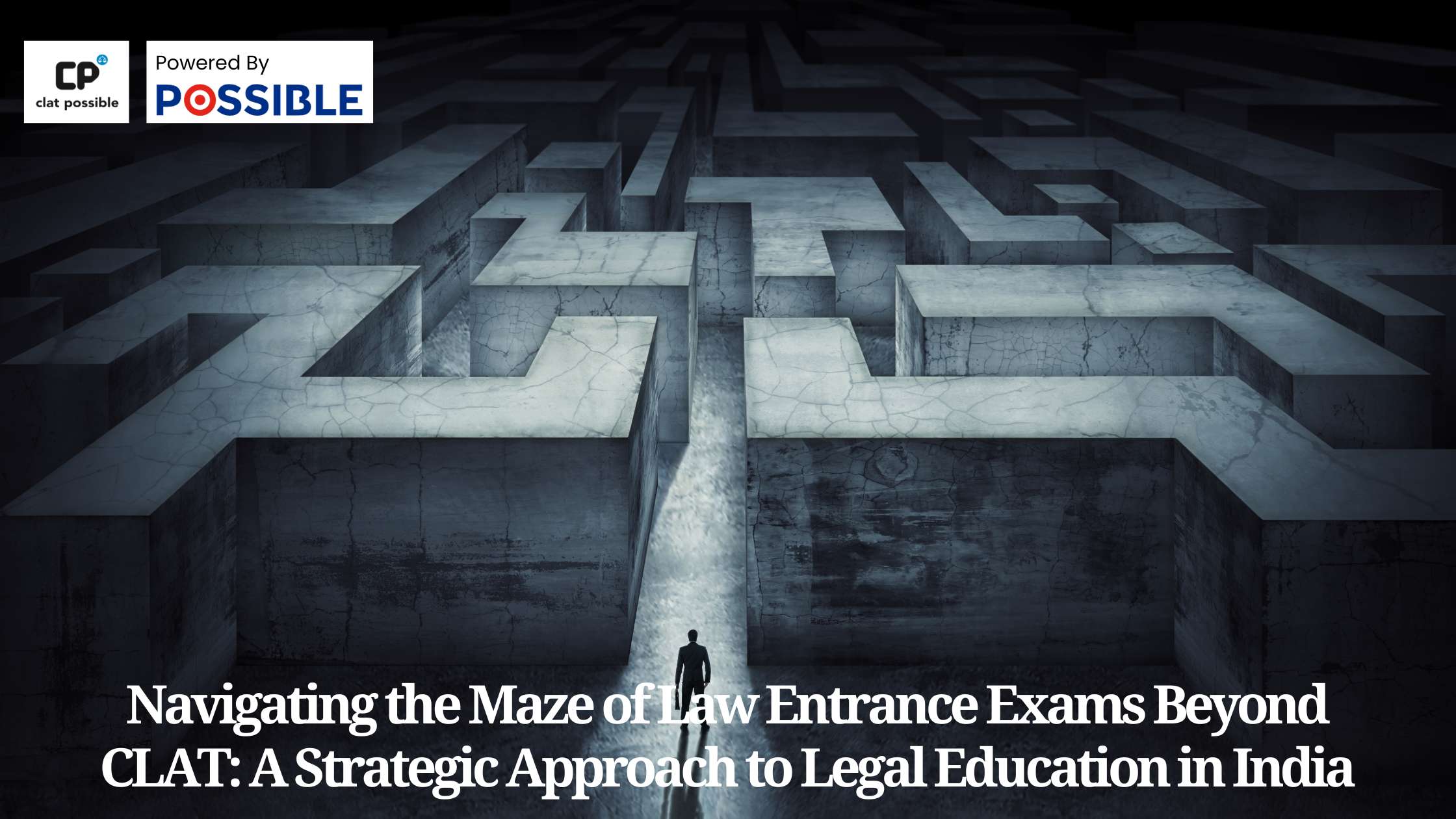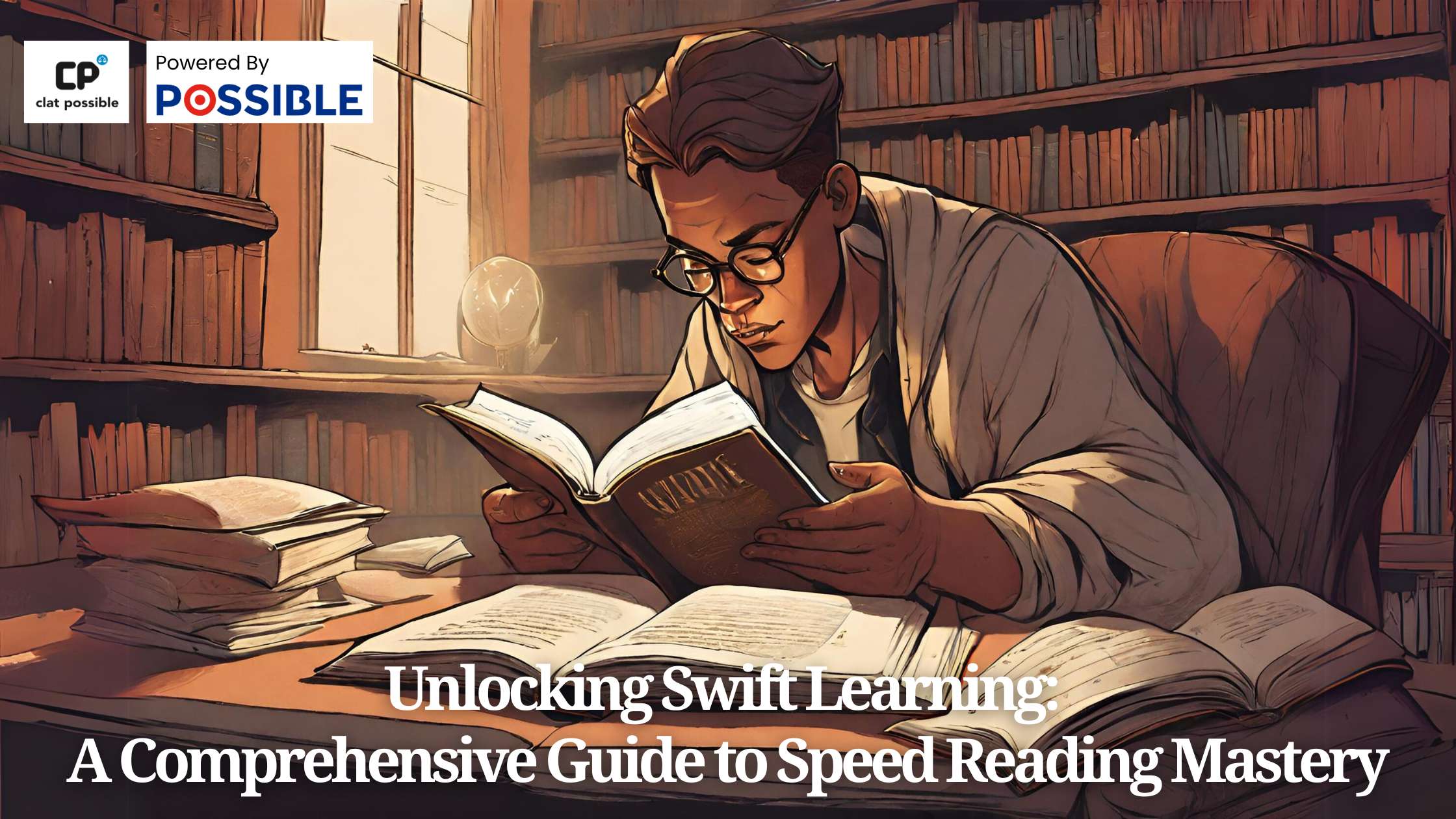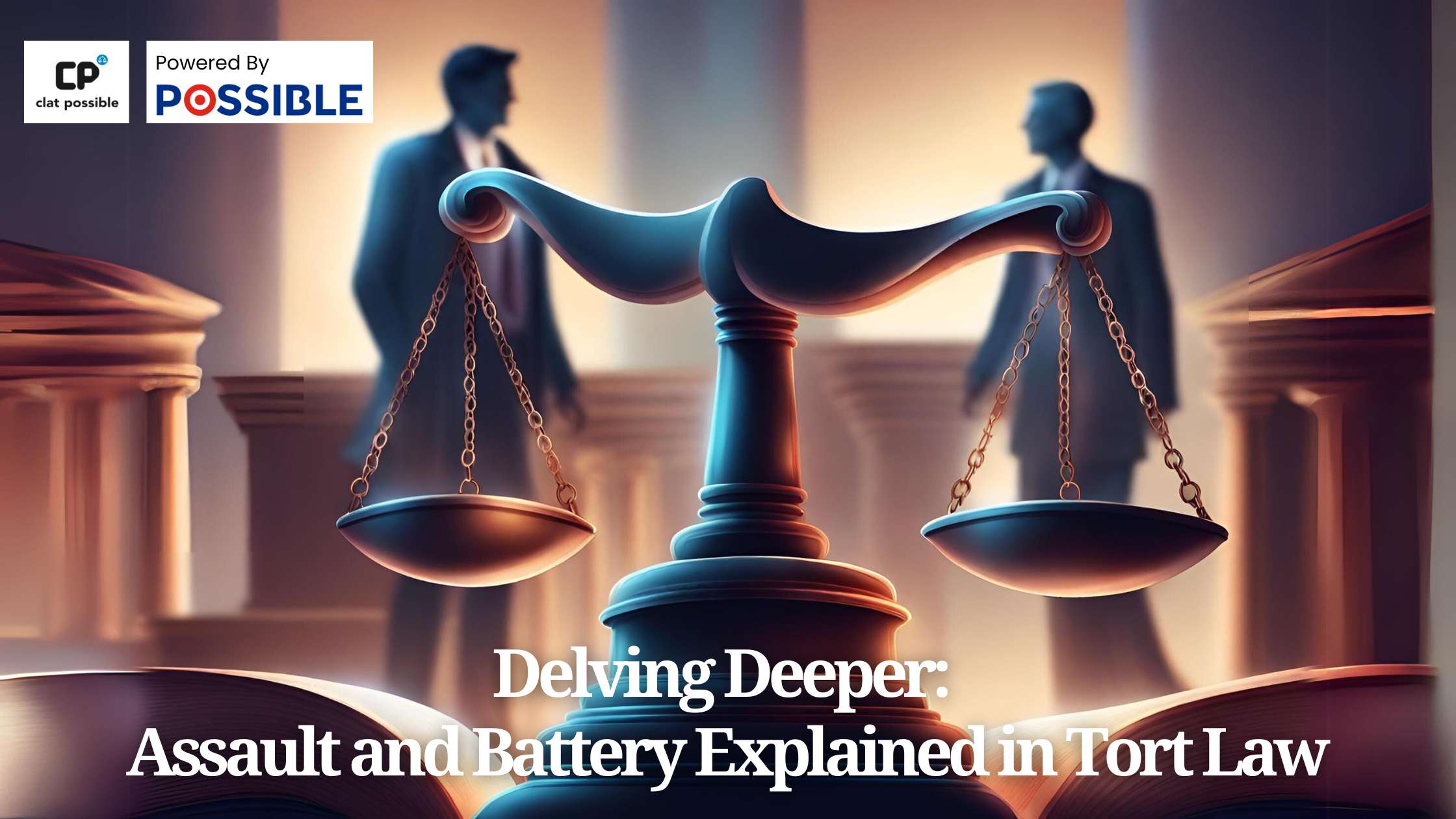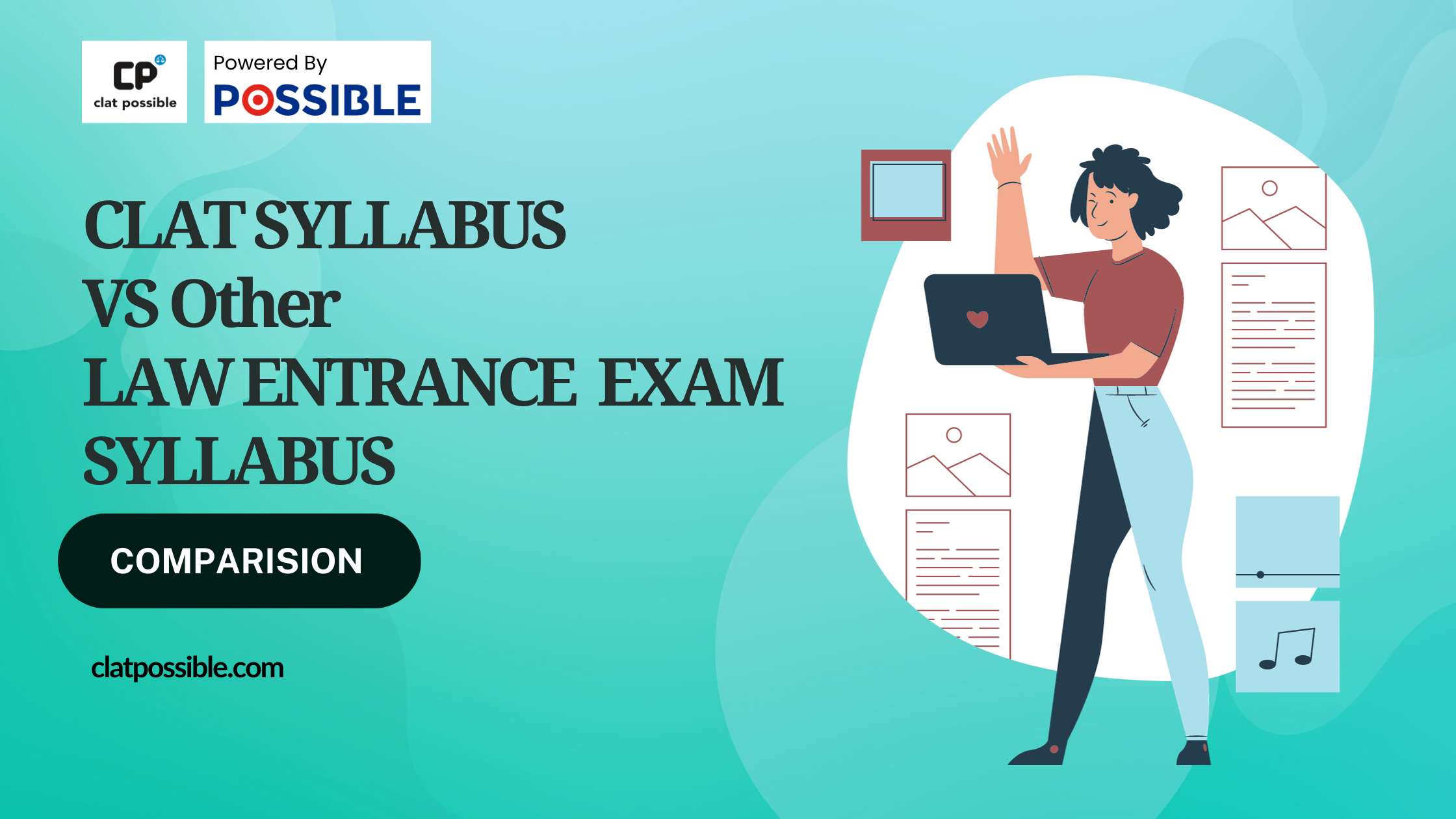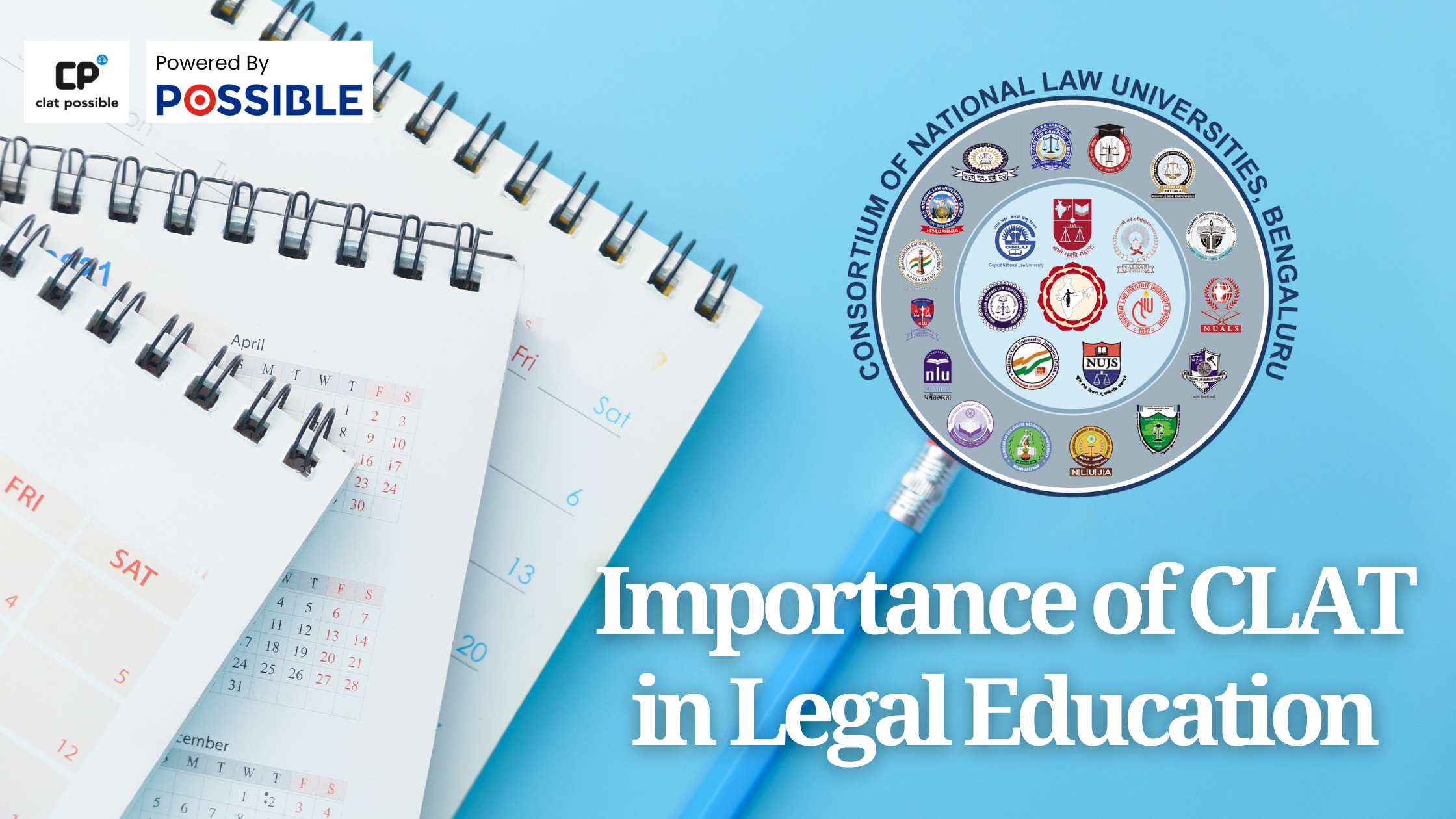
The Common Law Admission Test (CLAT) is a pivotal step for aspiring lawyers in India. It opens doors to prestigious law schools and shapes future legal careers. Understanding its significance is crucial for anyone considering a career in law.
Evolution of Coaching Institutes for CLAT
With the growing complexity and competition in CLAT, coaching institutes have become an integral part of preparation. Their evolution reflects the changing dynamics of legal education in India.
Clat Possible: An Overview
Clat Possible stands out among these institutes. Known for its exceptional teaching methods, comprehensive study materials, and impressive track record, it has become a preferred choice for CLAT aspirants across the country.
II. Teaching Methodology
Innovative Teaching Techniques
Clat Possible employs a blend of traditional and modern teaching techniques. These methods are designed to cater to diverse learning styles, ensuring that every student grasps the complex legal concepts effectively.
Faculty Credentials and Experience
The institute boasts a team of experienced educators who are not only experts in their respective fields but are also passionate about teaching. Their guidance is instrumental in shaping the legal minds of tomorrow.
Student-Centric Learning Atmosphere
Classes at Clat Possible are interactive and student-focused. This approach encourages active participation and fosters a deeper understanding of the subject matter.
Regular Assessments and Feedback
Frequent assessments and personalized feedback are key components of the learning process at Clat Possible. They help students identify their strengths and areas for improvement, ensuring steady progress.
III. Study Materials and Resources
Quality of Study Materials
Clat Possible provides meticulously crafted study materials. These resources are comprehensive, up-to-date, and aligned with the latest CLAT patterns, offering students an edge in their preparation.
Online Learning Platforms and Tools
The institute’s online learning platforms are equipped with a wide range of resources. These digital tools are accessible and user-friendly, allowing students to learn at their own pace and convenience.
Extensive Library Facilities
In addition to online resources, Clat Possible offers an extensive library. This facility houses a vast collection of books, journals, and other legal publications, providing students with additional learning materials.
Regular Updates to Course Content
The course content at Clat Possible is regularly updated. This ensures that students are preparing with the most current and relevant material, keeping them ahead in the competitive landscape of CLAT.
IV. Success Stories and Alumni Network
Inspiring Success Stories
The success stories of Clat Possible alumni are a testament to the institute’s effectiveness. These stories not only inspire current students but also showcase the institute’s role in nurturing legal talent.
Alumni Mentorship and Guidance
The alumni network of Clat Possible plays a significant role in the institute’s ecosystem. Former students often return as mentors, offering guidance and support to current batches.
Networking and Career Advancement
Networking opportunities facilitated by the institute help students build professional relationships. These connections are invaluable for career advancement in the legal field.
Continuous Engagement with Alumni
Clat Possible maintains a strong bond with its alumni. This ongoing engagement contributes to a vibrant community, fostering a sense of belonging and continuity among its members.
V. Student Support and Welfare
Individualized Student Support
Understanding that each student has unique needs, Clat Possible offers personalized support. This approach ensures that every student receives the attention and guidance they need to succeed.
Mental Health Initiatives
The institute recognizes the importance of mental well-being in academic success. Programs focusing on stress management and mental health are integral to the support system at Clat Possible.
Scholarships and Financial Assistance
Believing in equal opportunity, Clat Possible offers various scholarships and financial aid programs. These initiatives ensure that financial constraints do not hinder talented students from pursuing their CLAT dreams.
Holistic Development Programs
Beyond academic excellence, the institute focuses on the holistic development of its students. This includes extracurricular activities, leadership training, and other initiatives that contribute to the overall growth of the students.
VI. Results and Performance
Impressive CLAT Results
The consistent high performance of Clat Possible’s students in CLAT is a clear indicator of the institute’s effectiveness. Year after year, its students have secured top ranks in the examination.
Comparative Analysis with Competitors
When compared with other coaching institutes, Clat Possible consistently stands out. Its success rate, quality of education, and student satisfaction are unrivaled.
Consistency in Achieving Top Results
The institute’s consistency in delivering top results is a result of its commitment to excellence. Continuous improvement and adaptation to the changing exam patterns are key to this consistency.
Feedback and Continuous Improvement
Feedback from students is actively sought and used for continuous improvement. This responsive approach ensures that Clat Possible remains at the forefront of CLAT coaching.
VII. Future Prospects and Vision
Adapting to CLAT Pattern Changes
The CLAT examination has undergone significant changes over the years. Clat Possible stays ahead by continuously adapting its teaching methods and materials to these changes.
Vision for the Future
The institute has a clear vision for the future. It aims to not only maintain its leadership in CLAT coaching but also to expand its offerings to cater to a wider range of legal education needs.
Preparing Students Beyond CLAT
Preparation at Clat Possible goes beyond just cracking the CLAT. It encompasses equipping students with skills and knowledge that will serve them well in their legal careers.
Sustainable Growth and Expansion
Sustainable growth and responsible expansion are core to the institute’s philosophy. This approach ensures that quality is never compromised, even as the institute grows and evolves.
VIII. Conclusion
In conclusion, Clat Possible stands out as the best CLAT coaching institute in India for several reasons. Its innovative teaching methodology, comprehensive study materials, impressive track record, and commitment to student welfare and success are unmatched. These factors collectively contribute to its reputation as the premier choice for CLAT aspirants.
FAQs
What makes Clat Possible different from other CLAT coaching institutes?
Clat Possible differentiates itself through its unique teaching methods, experienced faculty, comprehensive study materials, and a strong focus on student welfare and holistic development.
How does Clat Possible adapt to the changing patterns of the CLAT exam?
The institute continuously updates its course materials and teaching strategies to align with the latest CLAT patterns, ensuring that students are always prepared for the exam.
Does Clat Possible offer any scholarships or financial aid?
Yes, Clat Possible offers various scholarships and financial assistance programs to support students from diverse backgrounds.
What kind of support does Clat Possible provide for student mental health?
Clat Possible has initiatives focusing on stress management and mental health, recognizing their importance in academic and personal success.
How does the alumni network of Clat Possible contribute to the institute?
The alumni network offers mentorship, guidance, and networking opportunities, enriching the learning experience and career prospects of current students.
For more informative blogs on CLAT 2024 Preparation, Click Here!





